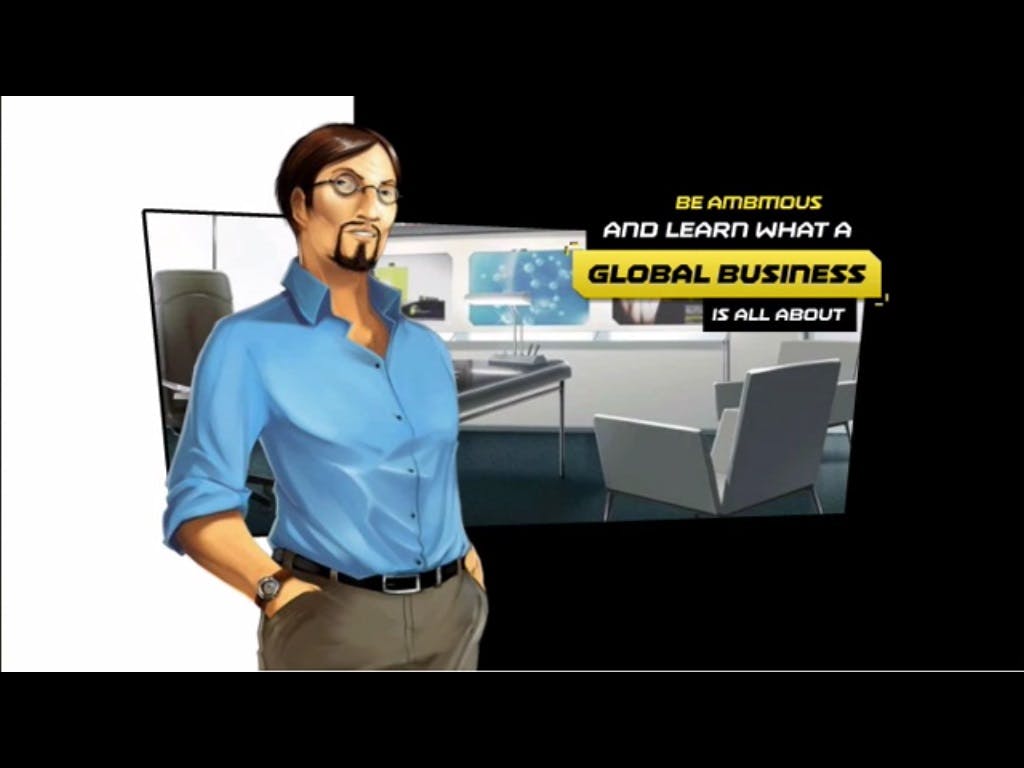Even for successful candidates, the recruitment process can be a dizzying rollercoaster ride. There’s the high of that first call with the recruiter — and the realization that, hey, this job might be ‘the one.’ And then there’s the frustration of slogging through hour-long assessments that make you second guess every professional decision you’ve ever made in your life (as well as some personal ones)!
Assessments should be a vital part of the recruitment process. They test a candidate’s situational judgement, provide an accurate personality profile, test their cognitive ability and technical skills, help build a picture of their drive and motivation and leverage real-life content. They’re a powerful tool for helping to identify strong candidates, or eliminate weak ones.
Disrupting assessments
But today’s candidate assessments are ripe for disruption. Until recently, they’ve felt quite “clinical” and oftentimes don’t provide candidates with a realistic idea of what their specific role will entail. The assessment of technical skills and behavioral traits are oftentimes either disjointed or completely separate, which can create an incomplete view of the jobseeker. And, most important for candidates, feedback is often lacking, leaving them with scant idea of why they were hired or passed over.
“Gamification” can mean lots of things to different people – from interactive videos delivering realistic job previews or helping candidates “find their fit,” to mirroring actual computer games. It has emerged as a powerful tool to drive employee engagement and behavior change, and can be used as an effective candidate engagement tool. More recently, it has made its way into the assessment space. Just as media continues to evolve from words and pictures, to video and now immersive, interactive media, so too is the world of assessment.
Two examples
Gamified assessments can be used to test candidates’ soft skills and technical skills by having them participate in interactive and highly engaging scenarios. Consider these two great examples:
- Several years ago, cosmetics firm L’Oreal created a game called “Reveal” to uncover potential high performing talent and allow candidates to experience working at the firm by interacting with avatars representing employees, and giving them a sense of which department they might be suited to. As candidates navigated through simulated departments of the company, they performed work-related tasks and faced challenges. Those who performed well in a given area were recommended to consider pursuing a career in that field, while particularly high performers were contacted by the company’s talent acquisition team.
- In the UK, professional services giant KPMG launched an “80 days” Business Challenge to support its student recruitment, which was a virtual hot air balloon race to win a KPMG internship or travel vouchers worth £1,000. Players could travel in any direction but needed to refuel at KPMG offices. Upon landing, players either viewed a short video about the company or completed a behaviour-based cha
 llenge. KPMG reported that it was able to assess behavioural capabilities including curiosity, global outlook, listening skills and eye for detail.
llenge. KPMG reported that it was able to assess behavioural capabilities including curiosity, global outlook, listening skills and eye for detail.
While focused on assessment, gamification helps solve a number of talent acquisition’s biggest challenges:
- It delivers a more complete view of a candidate’s abilities and behavioral traits by posing dynamic situations and collecting a rich variety of data points. Candidates can be more effectively tested for soft skills like creativity, time management or their attitude to risk.
- Candidates can be better judged for their potential to quickly begin delivering value to the company once hired, because gamified scenarios can be used to assess their ability to deal with real, on-the-job situations they may face.
- Any real-life situations contained in the games are more likely to elicit genuine answers from candidates, reducing the chance that they’ll fake their answers and distort the accuracy of the assessment.
- It keeps candidates more engaged and reduces the likelihood that they’ll switch off midway through the process. By immersing candidates, it also reduces the risk of score distortion that you might expect in self-report questionnaires.
- It can effectively reduce the candidate pipeline for high volume recruitment by filtering out unsuitable candidates from the outset or encouraging them to de-select themselves.
- With a well-designed, realistic job preview type of game, candidates will be more likely to understand what the company does, as well as its culture and policies.
- It can be a powerful way to enhance an organization’s employer brand and value proposition — especially with younger candidates.
The amount of data generated by game-based assessments is exponentially greater than that gathered by traditional assessments. Some providers collect impressive numbers of primary data points as candidates move through their games, claiming that they can accurately assess working memory, decision-making strategies, even certain personality traits. These are combined into algorithms that help assessors quantify a candidate’s job-relevant traits.
As artificial intelligence (AI) and natural language processing (NLP) platforms become more powerful, the realism and sophistication of these games — and the candidate insights they can yield — will only increase. AIs can create more authentic and dynamic scenarios based on candidate inputs, while delivering real-time feedback. Meanwhile, NLP helps assesses candidates’ soft skills as they interact with different situations and ‘personalities’ within the game.
Interactive, gamified tools promise to change the way companies address their assessment strategies. We think it’s time to press “play.”
